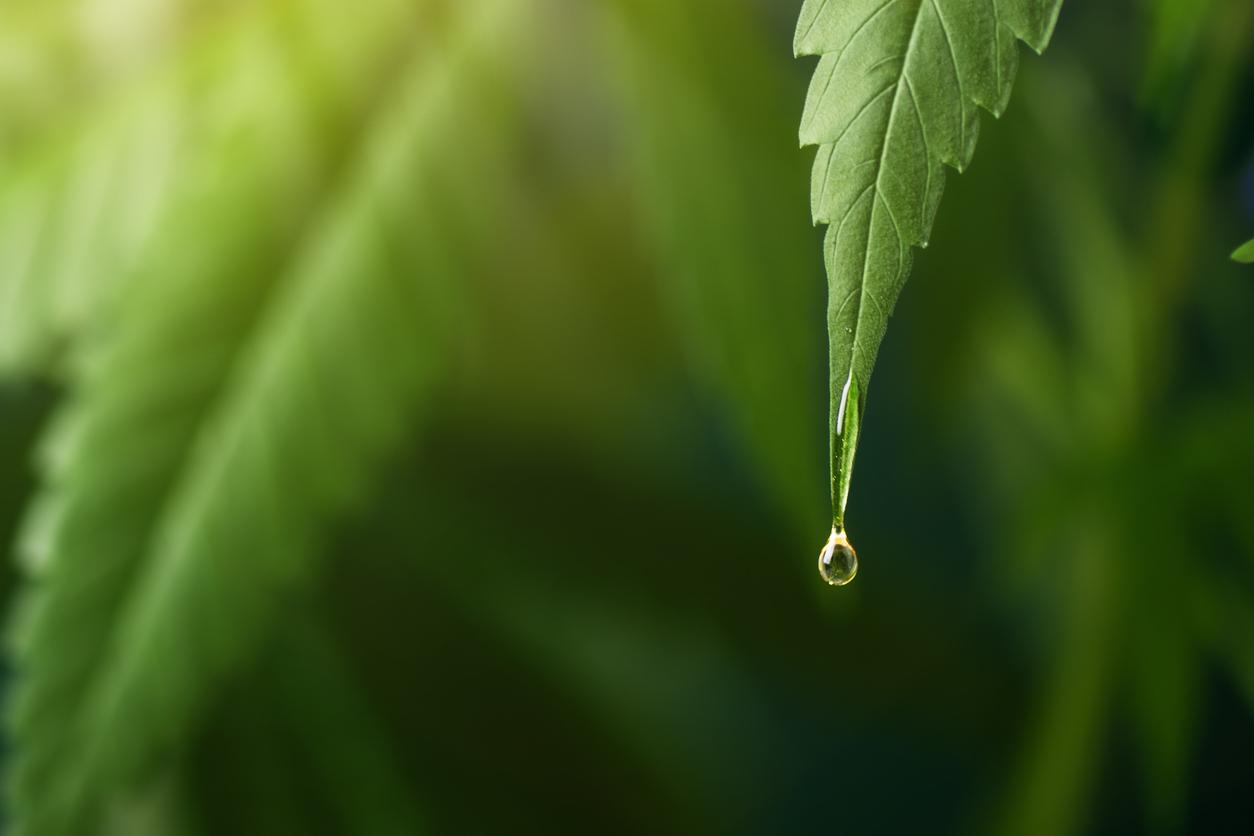Kisspeptin, a hormone produced in the brain, plays a major role in triggering reproduction in female mice.

The temptation would be great to call it “the hormone of love” if the trademark were not registered. Kisspeptin, a small molecule produced in the deep brain, has many talents. Discovered in 2005 in humans, it quickly emerged as a keystone in reproductive biology. It thus plays a major role in the onset of puberty and ovulation, and possibly in the induction of desire. In short, it tends to put the (other) hormones on the boil.
From muzzle to rump
European researchers grouped around the University of Saarland in Germany have further reinforced the already sympathetic idea that we have of kisspeptin. In an article published in Nature Communications, less sexy to read than one might imagine, they showed that the hormone played a central role in the chain of events leading a female mouse to give herself without a second thought to her fellow male.
Unlike us primates, rodents are primarily olfactory animals. The equivalent of a perverse glance in mice is therefore to sniff its congener. If the scent has the good fortune to please him, a well-disposed female mouse (in heat) may well decide to give in to temptation on this single criterion. He still has to detect that it is a male, otherwise the part of the legs in the air risks being inconclusive on the reproductive plan.
Mating and ovulation
In the mouse brain, several types of neurons produce kisspeptin. Some of them are located in the hypothalamus, a deep structure in the brain that serves as a yard for sensory stimuli. The researchers had already shown that these neurons activate when a female mouse detects the pheromones of a male. This time, they were able to establish that this activation led said mice to express their exhilaration without ambiguity: by tightening the rump.
A parallel circuit led to the activation of neurons in the pituitary gland (the main endocrine gland in the brain) capable of releasing GnRH, a hormone well known to trigger ovulation. In other words, the researchers have uncovered a good part of the neurobiological circuits which lead from the olfactory perception of a potential partner to the implementation of a mating behavior for reproductive purposes.
Female Viagra, the two of us?
“In many animals, sexual behavior is synchronized with ovulation in order to maximize the chances of fertilization, and therefore of perpetuation of the species”, explained Ulrich Boehm, professor of clinical pharmacology at the University of Saarland and the ‘one of the senior authors of the study. “Until now, very little was known about how the brain relates ovulation, attraction and sex. We now know that a single molecule, kisspeptin, controls these aspects. “
And in humans? It’s hard to say if kisspeptin could have an aphrodisiac effect in such complicated animals as us. Studies have shown a moderate effect in humans. Above all, the little hormone could lead to progress in the long and laborious quest for female viagra. Suffice to say that the medical issues, and even more financial, give all the reasons in the world to be interested in this molecule with the providential name. Kisspeptin, sex hormone?
.















